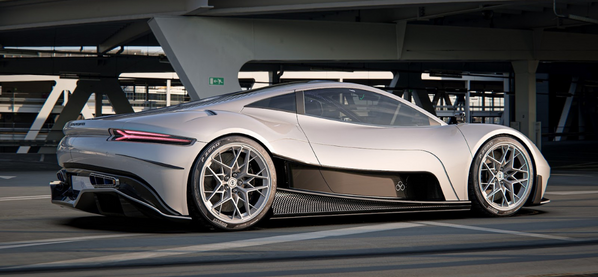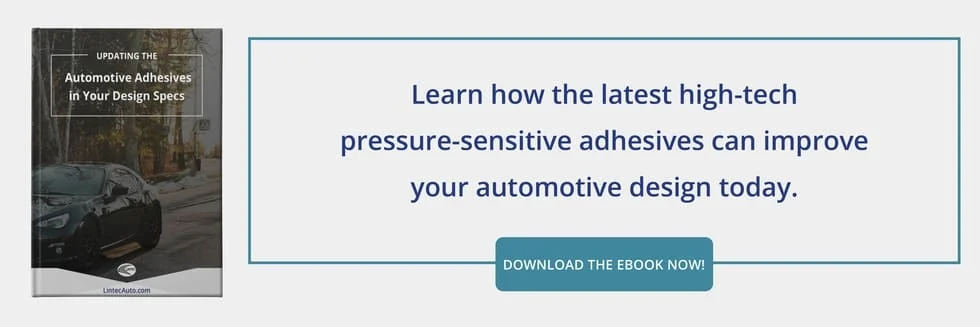After EV: Self-Driving Cars and Other Automotive Innovations

The automotive industry has recently seen the rise of hybrid and electric vehicles, which are becoming increasingly popular with automakers and end-users alike. Many other automotive innovations are soon to follow, with some already hitting the automotive market. Lets take a look at some of the cutting-edge automotive technologies we predict will soon be standard.
Self-Driving Cars
Over the last several years, auto companies have dedicated significant resources to the development of self-driving vehicles. While these incredible feats of technology have not quite hit the mainstream yet, rest assured: its coming. Although we dont yet expect to see individuals owning or using self-driving vehicles for private purposes, many companies and industries that rely on driving are investing in these technologies. Ridesharing and long-haul trucking are among the first industries in which we can expect to see an increased prevalence of autonomous vehicles.
Built-In Biometrics
Biometric technology has rapidly become commonplace, with facial recognition software built into our phones and fingerprint scanners on many of our computers. Unlocking or starting a device via biometric technology is normal; why should our cars be any different? The first fingerprint scanner in a car came to market via Hyundai in 2018, and many other automakers are hurrying to follow suit. Within the decade, it will likely be typical for many people to start their cars using built-in biometric technology.
V2V
Among the rising automotive innovations is vehicle-to-vehicle communication, often abbreviated as V2V. V2V is actually an existing technology that allows vehicles on the road to communicate with other cars, trucks, and SUVs operating in the same vicinity. They can exchange data including speed, direction, and location. While some vehicles are already outfitted with this technology, not enough of those on the road have it for it to be effective. However, a recent push from various stakeholders within the automotive industry may make V2V technology standard. The widespread implementation of vehicle-to-vehicle communication could have significant road safety benefits and, as such, is an automotive innovation to look forward to.
Augmented Reality
While the general public is now familiar with the innovations of virtual reality, particularly in a video gaming context, fewer people are aware of the related emerging technologies in the field of augmented reality. Many of the safety features in new vehicles are laying the groundwork for augmented reality systems to operate in our cars in the near future. These features include lane guidance, parking assistance, speed limit sensors, and smart displays on the dashboard and mirrors. Augmented reality technology would most likely operate in the windshield, increasing the automated assistance drivers receive from their vehicles to encourage them to drive safely. If automakers find the success they hope for in developing these AR windshields, we can expect to see vehicles with AR technology come to market within only a handful of years.
High-Performance Automotive Films, Tapes, and Adhesives
The materials used to assemble vehicles have changed over the years as more efficient, durable, and cost-effective alternatives have emerged. This is the case with newly developed (and constantly improving) automotive films, tapes, and adhesives, which are used for a variety of purposes in vehicle assembly and transport, including uses such as fastening, vibration dampening, labeling, and protection.
Lintec Auto is a premier manufacturer and supplier of automotive films, tapes, and adhesives. If youre interested in our products, contact a member of our team today.

